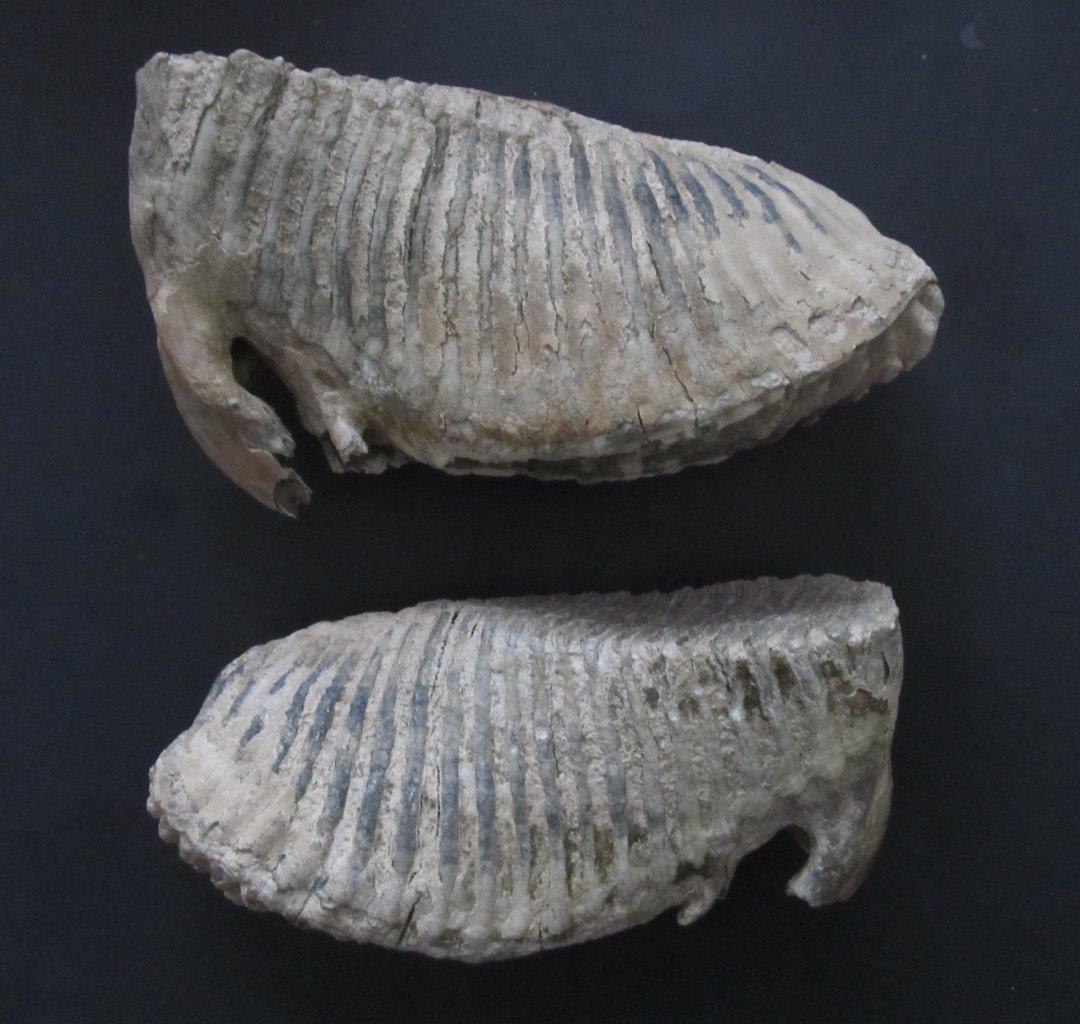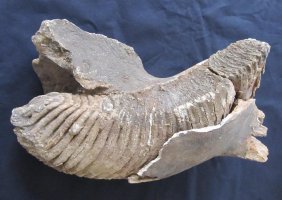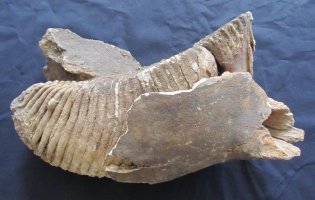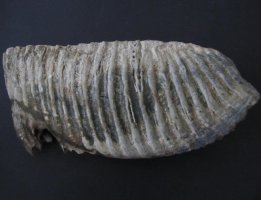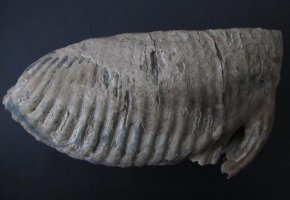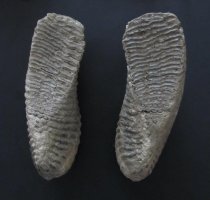Mammoth Molars
› Detail › Mammoth MolarsExhibit of the Month 6 / 2020
Mammoth Molars
The Regional Museum and Gallery in Most has several molars, parts of lower and upper jaws from mammoths in its collections. Most of them are incomplete, damaged, and except for two items, we have no information about the location and circumstances of their discoveries.
The woolly mammoth (northern), Mammuthus primigenius, was the largest animal that lived in the Most region during the Pleistocene (10,000 – 2,400,000 years ago). It was a herbivore and processed plant food with two teeth in each jaw. The teeth of adult mammoths measured up to 50 centimeters in length. Mammoth tusks and teeth are often found remains because their surface is very durable. In the past, mammoth remains were discovered in the cadastres of the villages of Hamr near Janov, Konobrže, Lišnice, Obrnice, Polerady, Vršany, and one of the last finds was the discovery of a mammoth molar on Na Vrátku street in Most.
Two smaller exhibited specimens of mammoth molars (measuring 26 and 27 centimeters in length) represent 2 exceptionally well-preserved teeth, including root parts. They are likely the teeth of a juvenile that did not wear down its teeth.
The third specimen is a part of the lower jaw with a well-preserved molar measuring 42 centimeters in length. This molar comes from a find in an excavation under the castle in Korozluky.
Photo 1 - Mammoth Molars, Mostecko
Photo 2 - Mammoth Molars, Mostecko
Photo 3 - Mammoth Molar, Mostecko, length 26 centimeters
Photo 4 - Mammoth Molar, Mostecko, length 27 centimeters
Photo 5 - Part of a mammoth's lower jaw with a molar, Korozluky, length 42 centimeters
Photo 6 - Part of a mammoth's lower jaw with a molar, Korozluky, length 42 centimeters
 en
en cs
cs de
de